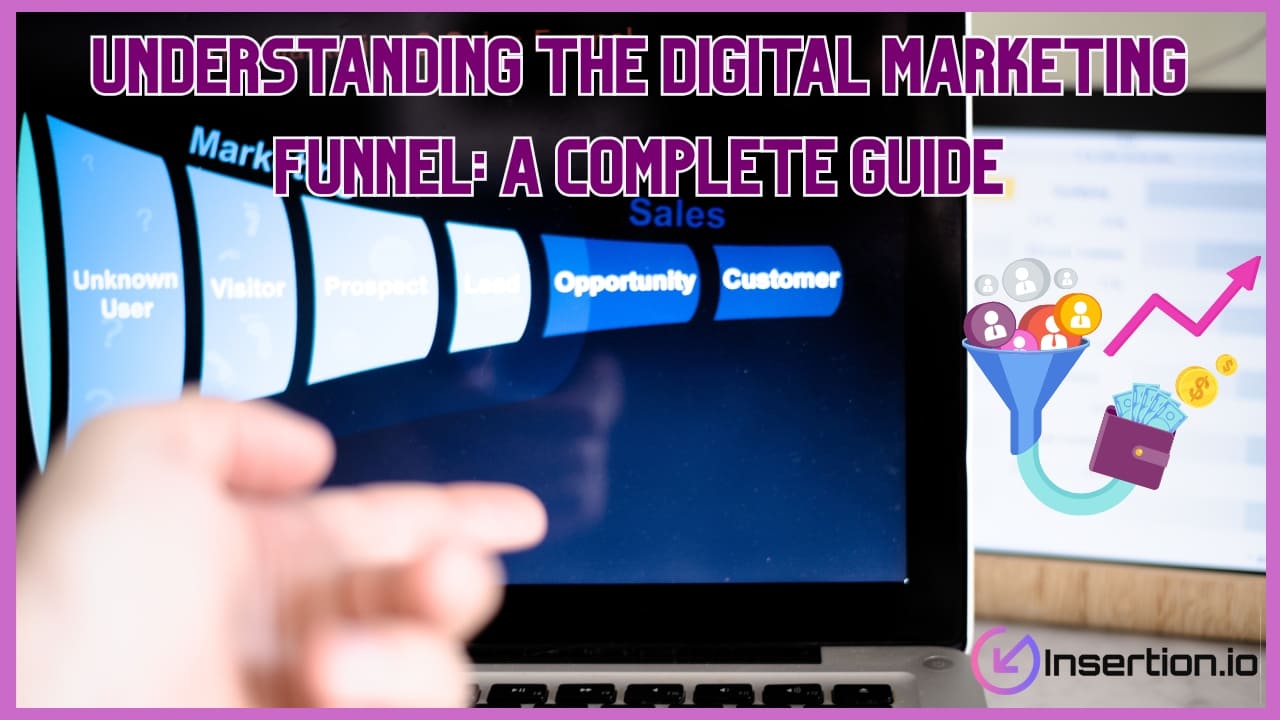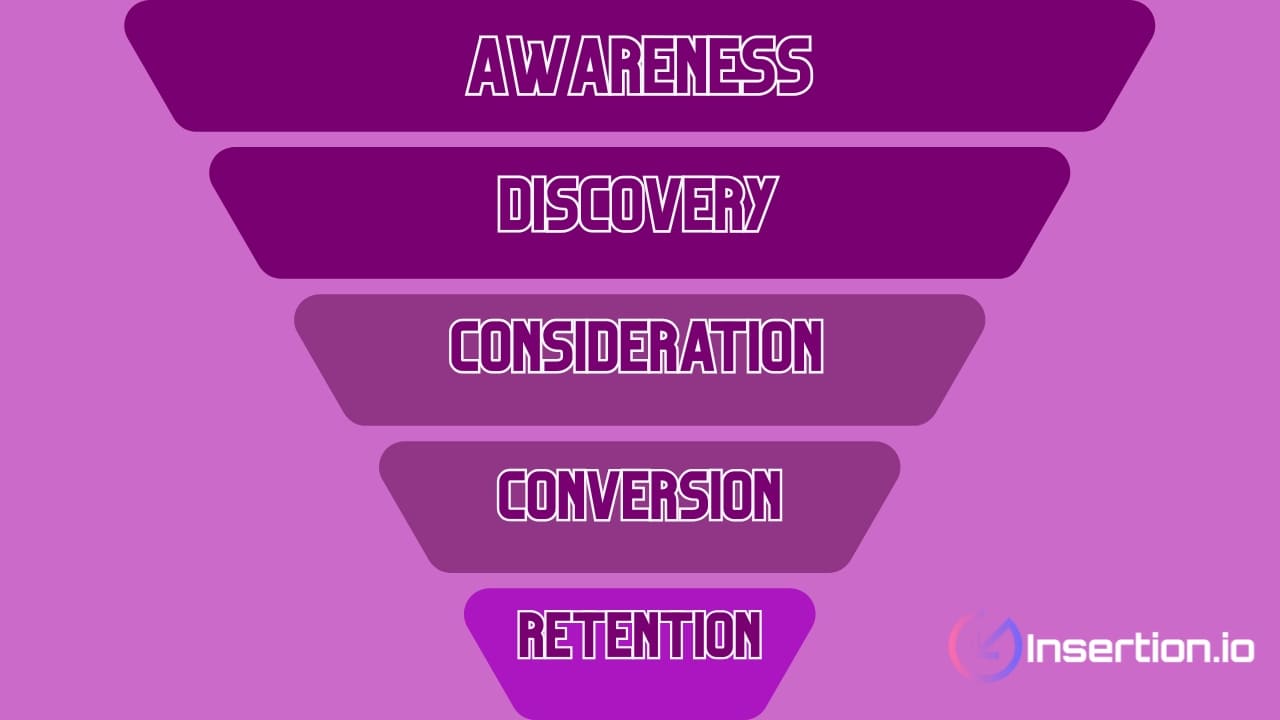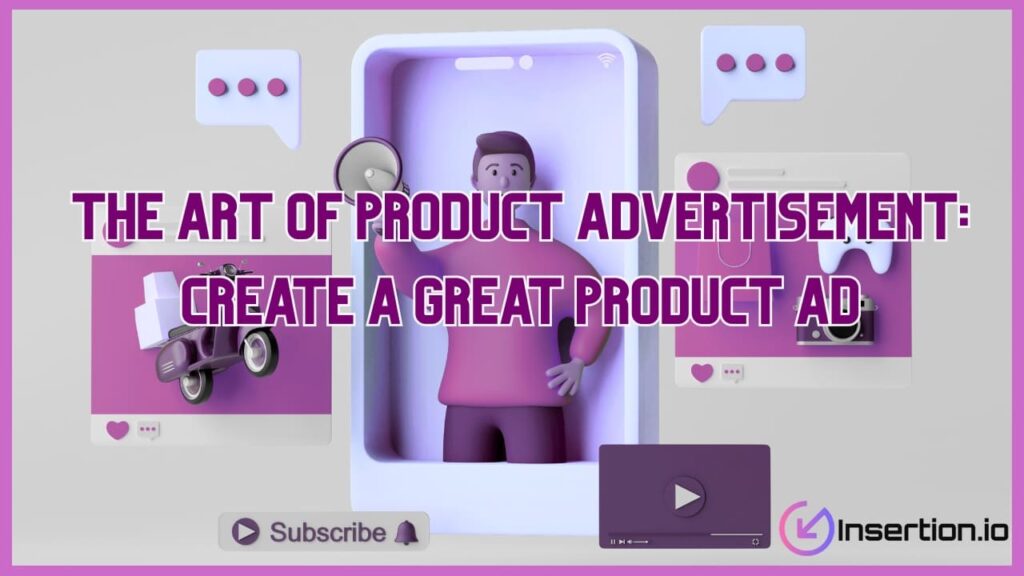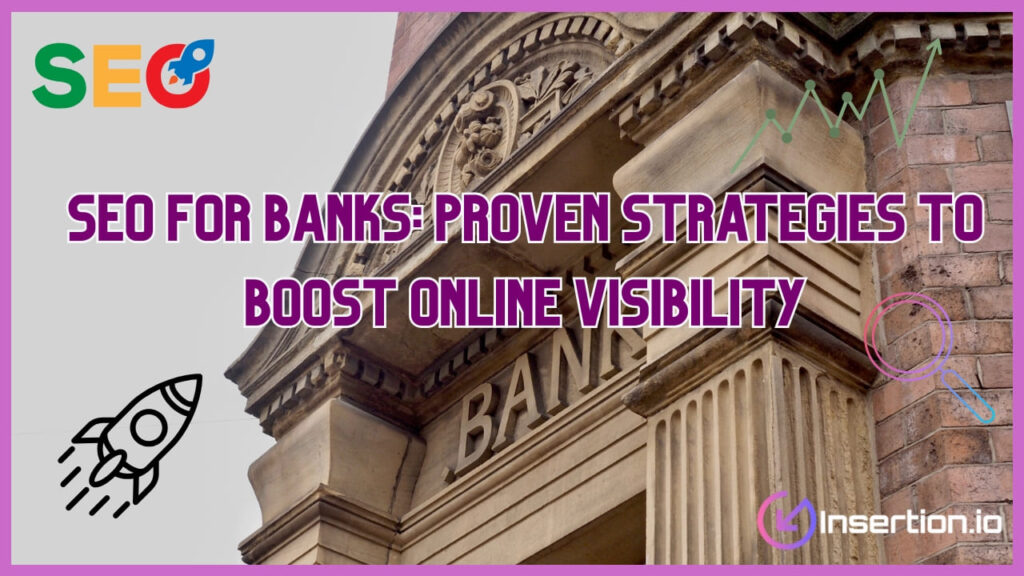
Many businesses invest heavily in marketing campaigns, but their digital marketing funnel often fails to engage potential customers. Companies that utilize a funnel strategy, SEO, and content marketing achieve higher conversion rates and foster long-term relationships. The problem occurs when every stage of the funnel—awareness stage, consideration stage, and conversion funnel—isn’t optimized properly. Marketing efforts must include blog posts, ads, landing page strategies, email marketing, and retargeting ads for prospects.
A digital marketing sales funnel must build trust, personalize messages, and showcase product or service benefits effectively. This complete guide provides valuable insights into digital marketing funnel stages and effective funnel marketing.
What Is a Digital Marketing Funnel?
A digital marketing funnel is a structured model that outlines how potential customers interact with a brand. It highlights every stage of the funnel, beginning from the awareness stage to the final decision to make a purchase. Businesses use the digital marketing sales funnel to build trust, optimize conversion rate, and keep potential customers engaged. Each stage of the marketing funnel —top, middle, and bottom —requires different strategies, such as ads, email marketing, blog posts, and content marketing. The funnel strategy provides valuable insights, showcases case studies, and supports effective funnel marketing campaigns that increase leads and sales through optimization and personalization.
Why Is the Digital Marketing Funnel Important?
The digital marketing funnel is important because it guides potential customers through different stages of the funnel. It helps businesses build trust, optimize conversion rate, and keep customers engaged during the entire customer journey. Each stage of the digital marketing process, from the awareness stage to the consideration stage, addresses unique pain points effectively. Companies use targeted marketing, email campaigns, social media advertising, and retargeting ads to personalize marketing efforts. A well-structured digital marketing sales funnel improves brand awareness, enhances customer retention, and boosts leads and sales. Consequently, it ensures every stage aligns with the digital marketing strategy for long-term relationships.
5 Digital Marketing Funnel Stages

The digital marketing funnel stages highlight how potential customers move from brand awareness to loyalty. Each stage of the funnel plays a vital role in shaping the customer journey, improving conversion rate, and ensuring marketing efforts deliver measurable results.
1. Awareness Stage:
The awareness stage introduces your brand for the first time to a target audience. Businesses create blog posts, social media campaigns, and advertisements that effectively showcase their products or services. This stage of the digital marketing funnel focuses on building brand awareness and generating leads. Companies optimize content marketing through search engine optimization, infographics, and influencer promotions to reach potential customers. Marketing campaigns with clear calls to action help attract prospects into the sales funnel. Additionally, organizations emphasize valuable insights to address customer pain points. Hence, effective funnel marketing at this level ensures that prospects progress from one stage to the next.
2. Discovery Stage:
The discovery stage encourages potential customers to interact more with your brand through various marketing efforts. Businesses create engaging landing pages, email campaigns, and social media updates to keep customers engaged. Furthermore, this stage of the marketing funnel emphasizes targeted marketing strategies that effectively showcase solutions. Prospects consume content that highlights case studies, whitepapers, or demos, giving them valuable insights about a product or service. Companies build trust using customer testimonials and reviews, which encourage customers to leave reviews and share experiences. Consequently, the funnel strategy during this phase focuses on delivering messages that personalize communication. Henceforth, audiences progress further.
3. Consideration Stage:
The consideration stage is crucial because prospects compare alternatives before making a purchasing decision. Businesses optimize email marketing, blog posts, and retargeting ads to keep potential customers engaged during this stage. Moreover, companies highlight product or service features using templates, whitepapers, or infographics that address specific pain points. Markedly, the digital marketing sales funnel at this stage builds trust and nurtures stronger connections. Additionally, clear calls to action within landing pages encourage prospects to exchange for contact information. Accordingly, this stage of the digital marketing funnel personalizes marketing campaigns to re-engage audiences. Therefore, brands move audiences steadily forward.
4. Conversion Stage:
The conversion stage focuses on turning a prospect into a loyal customer by completing the buying process. Businesses optimize the checkout process, landing page design, and clear calls to action to improve conversion rate. During this stage of the funnel, email campaigns, demo offers, and targeted marketing messages encourage audiences to act. Companies also use retargeting ads to re-engage prospects who previously abandoned the checkout process. Furthermore, marketing efforts like loyalty programs or exclusive offers persuade customers to make a purchase faster. Consequently, a full-funnel marketing strategy ensures leads and sales increase significantly. Thus, conversions strengthen the customer base.
5. Retention Stage:
The retention stage emphasizes customer loyalty, long-term relationships, and customer retention strategies after a purchase. Companies keep existing customers engaged through loyalty programs, personalized email campaigns, and valuable content marketing updates. Additionally, brands encourage customers to leave reviews and share customer testimonials to build trust among prospects. Whitepapers, infographics, and case studies also showcase ongoing improvements to products or services. Moreover, lifecycle marketing at this stage identifies touchpoints that effectively re-engage audiences. Businesses emphasize customer reviews and influencer support to maintain credibility. Therefore, the best digital marketing funnel strategy ensures loyal customers remain satisfied. Ultimately, overall marketing campaigns consistently sustain growth.
Digital Marketing Funnel vs. Traditional Funnel: What’s the Difference?
| Aspect | Digital Marketing Funnel | Traditional Funnel |
|---|---|---|
| Stages | Covers every stage of the digital marketing process, including the awareness stage, consideration stage, conversion stage, and retention stage. | Focuses mainly on the awareness stage, consideration stage, and conversion stage without emphasis on loyalty. |
| Approach | Utilizes full-funnel digital marketing, funnel marketing, and lifecycle marketing strategies to maintain customer engagement. | Relies chiefly on direct marketing campaigns, offline ads, and personal selling with limited personalization. |
| Tools | Incorporates landing pages, email marketing, retargeting ads, SEO, social media advertising, and content marketing. | Depends largely on traditional media like print ads, billboards, cold calls, and in-person promotions. |
| Target Audience | Focuses on the audience at each stage, using lead magnets, infographics, demos, and whitepapers to nurture prospects. | Targets prospects broadly, offering limited segmentation or targeted marketing options compared to online strategies. |
| Optimization | Uses KPIs, conversion rate tracking, and optimization tactics like clear calls to action and checkout process improvement. | Provides minimal optimization data, relying on sales reports and customer feedback gathered later. |
| Customer Journey | Tracks touchpoints across different stages, ensuring marketing efforts personalize messages and build long-term relationships. | Monitors a linear buying process with fewer touchpoints and less emphasis on customer retention. |
| Content | Creates blog posts, case studies, social media updates, and content that highlights valuable insights for potential customers. | Shares brochures, catalogs, or print templates with less opportunity for real-time optimization or updates. |
| Loyalty | Focuses on loyalty programs, customer retention strategies, and building loyal customers through personalized campaigns. | Rarely emphasizes loyalty programs, focusing primarily on immediate sales rather than long-term relationships. |
| Examples | Digital marketing funnel examples encompass social media campaigns, online advertising, email marketing, and influencer promotions. | Traditional funnel examples include newspaper advertising, TV campaigns, radio promotions, and event sponsorships. |
| Effectiveness | Evidently delivers measurable leads and sales through targeted marketing strategies, with real-world examples of success. | Effectiveness is comparatively harder to measure, relying on estimations rather than explicit data-driven KPIs. |
Conclusion
By following a clear funnel marketing approach, businesses can guide potential customers from the awareness stage through the consideration stage to make a purchase. Applying targeted marketing, content marketing, email campaigns, and personalized messages at each stage boosts conversion rate and builds trust. Optimizing checkout process, using retargeting ads, and offering loyalty programs help retain loyal customers and encourage advocacy. This complete guide gives marketers a template for full-funnel digital marketing that aligns with SEO, campaign goals, and lifecycle marketing. Will you apply these strategies to shape a more effective sales funnel and generate real-world examples of success?
FAQs
1. What is a marketing funnel?
It’s a model that explains how people go from hearing about a brand to becoming customers.
2. Why do businesses use a funnel?
It helps them understand customer behavior and plan better ways to increase sales.
3. How many stages does a funnel have?
Usually, it has awareness, consideration, conversion, and retention, though some add loyalty as well.
4. Can a funnel work for any business?
Yes, both small and large businesses can utilize it to effectively guide potential customers.
5. What’s the main goal of a funnel?
The goal is to attract prospects, keep them engaged, and eventually turn them into loyal customers.
6. Do online ads help in the funnel?
Yes, ads are often used to bring more attention to products or services.





Leave a Comment